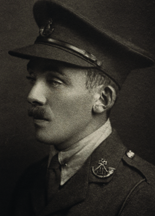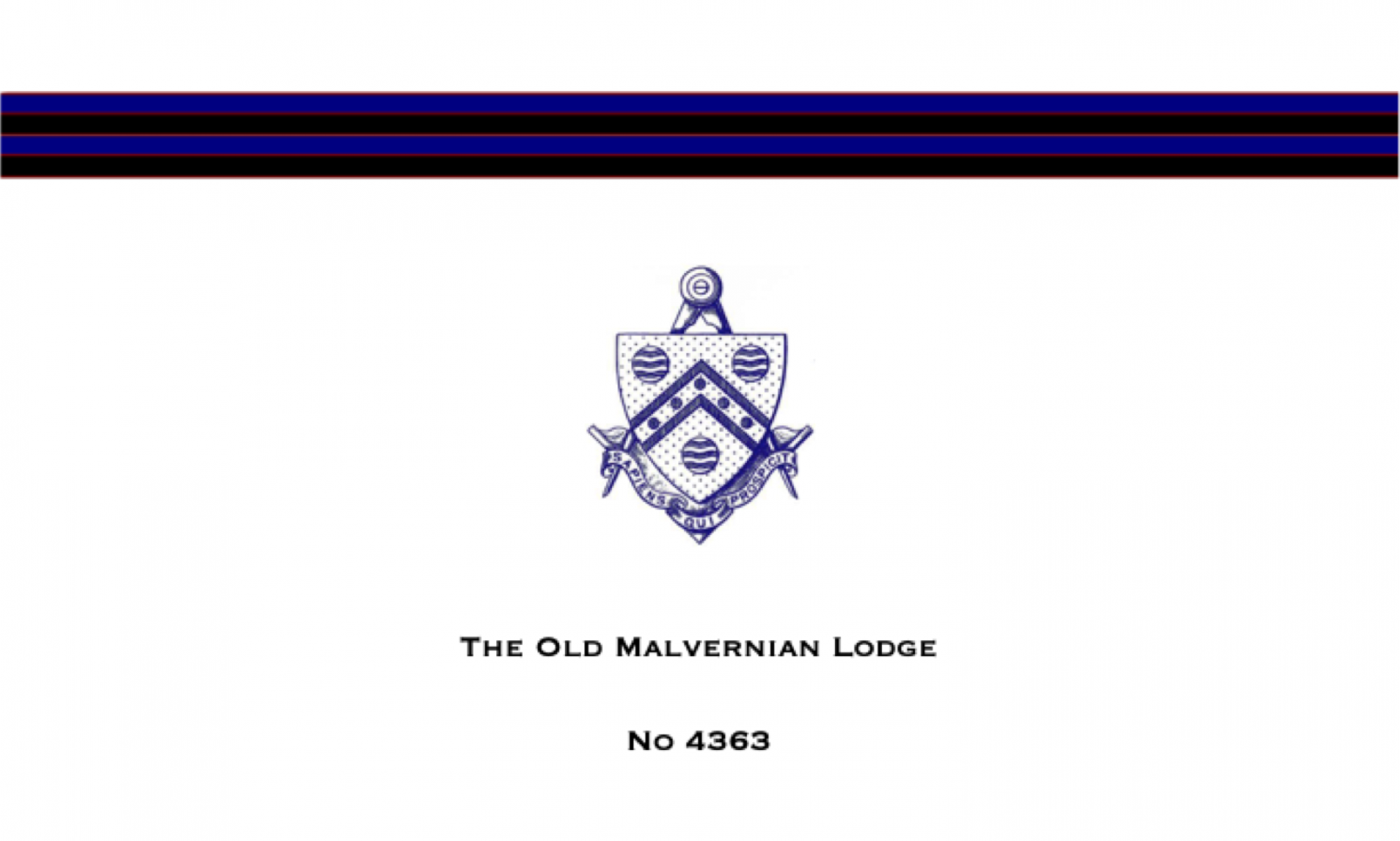
Southwell was the son of William Lascelles Southwell and his wife, Fanny Ethel. William was Chairman of the carpet manufacturers H M Southwell Ltd and a governor of the local grammar school.
Arthur was baptised at St Mary Magdalene, Quatford on 13 April, 1887. His family lived at Knowle Sands, Eardington; later moving to Fairfield, Oldbury and later to Victoria Road, Bridgnorth.
He went first to Hillside in Malvern before going on to Malvern College, being in House No 4 between 1901 and 1904. After Malvern he became a farmer.
Arthur enlisted in the KSLI ‘Pals’ battalion as a private, then a corporal before obtaining a commission in July 1916. He served with the 6th Battalion rising to the rank of Sergeant. On commissioning he went to the 9th Bttn.
He went missing in action on 13 November 1916, the first day of the Battle of the Ancre, the last major British attack of the 1916 Somme campaign. The Bridgnorth Journal of 9 December 1916 reported:
“We regret to say that Second-Lieut. Arthur H. S. Southwell, K.S.L.I. (only son of Mr. W. Lascelles Southwell, of “Fairfield,” Bridgnorth), who was previously reported wounded, is now officially reported “wounded and missing.” He was dangerously wounded when leading his platoon to the attack on November 13th, and has not since been heard of. There is only the hope – and that too slight to be of much comfort – that he may have been taken prisoner. Shortly before the 13th ult. He, with three non-commisioned officers and seven men, volunteered and successfully carried out a small bombing raid on the enemy trenches. The raid was described in Battalion orders as being carried out with great daring and resolution.
The Malvernian reports:
“Early in the war he enlisted in the Shropshire LI and after being promoted Lance-Corporal was given a commission. He went to France with his Battalion, and took part in the fighting in the summer of 1916. On November 13th of that year he was wounded during an attack carried out in thick mist, and later was reported missing. It is now officially notified that he died from wounds on or about that date. A soldier in his Battalion spoke to the writer of this notice in the highest terms of his work as an officer, and especially of his constant anxiety for the well-being of his men. During the three happy, if uneventful, years he passed at Malvern be showed a keen interest in the life of the school—an interest which continued unabated in later years.”
He CO wrote:
“He was one of the best officers in the battalion; his loss is deeply regretted by us all. About a month ago I recommended him for the Military Cross for a very gallant bit of work during a raid. The recommendation, however, was not passed at the time.’ The battalion orders alluded to the raid as one of great daring and resolution.”
Serre had been an objective on 1 July 1916 and as can be seen on the ground today and the trench maps and ariel photographs of 1916 it was a fortress.
The Official History records that the 7th Bttn Shropshire Light Infantry were in support. Starting in good order the leading battalions were soon struggling through mud which in places was waist deep; and where the German wire was reached few gaps could be found. By this time the rear battalions including the 7th had begun to mix with the troops in front and the barrage being lost, groups of men forced their way into the German trenches in the face of an alert enemy.
Elements of 8th Brigade were isolated in Walter trench as the attack lost cohesion and momentum. Serre remained in German hands and was to stay so until the Germans retreated towards the Hindenburg Line defences in February 1917 – a full 8 months after the Battle of the Somme started and the one and last place where the front line never moved.
He was 29.
Southwell was initiated in Castle Lodge No 1621, in Bridgnorth, Shropshire.
